BTS ARMY Survey Results
- Livia

- Feb 16, 2019
- 18 min read
Overview:
For those who've been here before, welcome back and to new readers: a warm welcome! This is my second analysis and I hope y'all will enjoy it! And fair warning, be prepared to be here a while because this one is all over the place.
Before we get right to it, I'll be explaining a few things about this analysis. You are welcome to skip this section if you're not interested, but it might help clarify a few things if I do not mention it for each section.
The results of this survey in no way are meant to be taken as a point of fact. Statistics are meant to be a tool used to predict results, within a reasonable amount of uncertainty.
All of this data is qualitative which made certain analysis extremely difficult. I did the best that I could, but please understand that because this is qualitative, and not quantitative, certain tools of statistical analysis have been omitted.
The programs used in this were MicroSoft Excel (where the data was compiled) and R (a statistical analysis tool used to create the graphs).
This analysis will mainly focus on the Members in comparison to everything else. I felt that this was a good stopping point and its a point in question that most people are interested.
Shortcomings of this project:
As you will see later that the distribution of my data is not ideal. Part of the reason for this is that I was fighting the influence of what I call "Data Ghettos" that social media site puts each user into. For this reason, you see the influence on my demographics (located in the USA, primarily an English speaker, early 20s) since I reached out to people initially within my data sphere. I apologize though for this survey. I did not do nearly as good of a job as I should've in trying to overcome this. I will discuss when it comes to the sections that this affects.
Another issue that I had with this survey was the disparity of response locations. Practically all of my responses came from one site despite my best efforts, which will cause some issues in data collected. I will discuss this further in a different section when the time comes to it.
The primary chart type for this presentation unfortunately is the Pie Chart. The pie chart does not do a good job of allowing us to compare multiple proportions against each other, unlike a bar plot. Unfortunately, I was unable to get R to present me with a clear bar plot (that is, it would not allow me to manipulate the graph in such a way that someone other than myself could understand what it was presenting).
There is a lot I did not analyze, that could've. But at that point, there was no way I was going to get this project done in a long weekend. At that point this would have been essentially a job work load since I do this alone. And too much analysis is not necessarily helpful, so I mostly focused on what I think people would be the most interested in.
Any other shortcomings of this project will be mentioned in each section as they will be section specific.
Members:
This is probably one of the biggest talking points of discussions that I have come across: Who is the most popular member of any group? Well, here are the numbers:
Suga ---- 161
RM ---- 138
J-Hope ---- 102
V ---- 92
Jimin ---- 88
Jungkook ---- 80
Jin ---- 54
A trend that I hope to confirm after running several surveys is to confirm whether or the Hyung Line (older half of a group) are in the top positions of popularity. For this survey, for the most part this is true, with the exception of Jin as he comes in last. I don't really know why Jin seems to consistently be the one with the least number of votes, but the rest of the Hyung Line did surprise me. I genuinely believed that the Vocal Line would be in the top half this survey for the most part, but it seems to be the reverse is true at least as far as where I got my data from.
As you'll see in a later section, you'll see that virtually all of my data was gotten from just one site, Tumblr. This presents and an issue as people of the same demeanor tend to gravitate to similar websites, etc. I believe this is no exception as Tumblr users tend to be on the shy and/or awkward (Y'all, I mean this in the best of ways, because this how I am as well.)
Because of this I believe it would explain the distribution of popularity. I believe Suga ranks first because to the population of Tumblr, he's the most lovable ---- he's funny, he's adorable, he's rather shy (which Tumblr users would probably like as a sense of familiarity), and he's rather talented as a rapper. There's a lot more reasons, I'm sure as to why he ranks first, but these are ones that stick out to me the most. Keep in mind, this is also in relation to international ARMY, particularly those in the West. I think a contributing factor in this is that he obviously (or maybe no so obviously) understands English very well. He might not be very comfortable in expressing himself in English as RM, but he clearly understands whats being said. I think this is an unconscious factor for fans ---- whether or not they can easily communicate. Before I move on, I'd also like to note, that similarly to my STARLIGHT survey, the second oldest was the most popular, so I'm interested in seeing if this holds true, for every group.
I'm going to be honest, I was really surprised to see RM as popular as he is. I think the communication is a huge factor here. After all, he speaks English and Japanese in addition to his native language. That point of communication does make him sort of a focal point for international fans. And I also think he's victim of my Leader Fallacy.
Something I would like to bring up is something I want to explore further over my next several surveys. I have theory that I'm going to call the "Leader Fallacy." It's where the leader of the group's numbers are inflated. I believe that there is inflation for two reasons:
The leader is the face of the group, people are more likely to gravitate towards them for this reason.
If they are a casual fan, or they can't pick a favorite, they may unconsciously pick the leader as they are a safe and established point of reference.
I think these things are the two greatest contributing factors to his popularity, but there's also the preferences of the my sample pool, I believe it would make sense for the overall personality type of Tumblr would be drawn to him as well.
I cannot definitively answer this question until I can find a way to measure whether or not someone is a casual fan or not. I will say that I might have found a way to figure out why people like a certain member, but that is for my next survey that focuses on EXO's EXO-Ls.
I think J-Hope is a sort of wild card here. He's part of the Hyung and Rap lines but the personality he shows is very different from what we see from Suga and RM. I think he's as popular as he is because of a contradiction in personality. A lot of people tend to gravitate towards their complements in personality, since they have something they don't. So for Tumblr, J-Hope comes off as very sunny and confident, so I think that contributes greatly as to why he's as high as he is.
I'm going to be honest, the Vocal/Maknae Line really surprised me. Despite the fact that they did follow the emerging pattern of Hyung vs Maknae Line, I wasn't expecting them to as unpopular as they are and not in the order ranking that they are. The main reasoning being was that I see stuff about Jungkook EVERYWHERE and in greater quantities than any other member. Pretty much all of it praise. So when they came in as the order of age (with the exception of Jin, which I will go over in a bit), it's accurate to say that I was really surprised. But let me qualify this; statistically speaking, Jungkook, Jimin, and V's popularity are identical. So to me, this says that for the population that I tested from (Tumblr) holds them in the same regard. I believe this goes back to the overall personality type that is Tumblr.
Jin was the only one that didn't surprise me. As far as interviews, exposure, and fan posts, he's the one I see the least about. I think part of it is because he makes sure that everyone else is comfortable and is the focal point, even if it's at his expense and it's very subtle. One thing I wish I could figure how to overcome is getting a better sample size from Korea or even just East Asia in general because I do think Jin would rank much higher in that population.
So I know that I just described all of the surprises and disparities I just found, but as far as group popularity goes, they're relatively even, as seen in the graph below, so I think that's rather impressive and it's testament to how well they all compliment each other as personalities and how they work together.
I apologize for this section being so long, but there was so much going on and so many unexpected things and things I needed to go over that it just ended up being so long.

Countries:
Before I begin with this one, I just want you guys to know, this section took me the longest to try to analyze. Because of the number of different country response (65 different countries) I have presented the data in two different way (since R could not produce a clean pie chart with this many responses):
The first is a table with all the countries in alphabetical order. If the country comprised of 1% or more of the data submitted, I highlighted it in green.
The second is a bar graph of the frequencies of each country. I apologize for the small font of the bar graph. It is also presented in alphabetical order.


Favorite Member for the Top Three Countries:
A key point in statistical analysis having a large enough sample size to represent a population. I have chosen to go with the rule of thumb of a minimum sample size of 30 to prediction a population. There were only three countries from which I got 30 or more responses: Germany, the UK, and the USA. I will not do a detailed analysis of these charts as they are self explanatory and are kind of a repetition of the "Members" section above.
(Slideshow):
Gender:
This section was highly predictable. It was expected for the majority of participants to identify as Female. At this macro-level, there is not much for me to discuss. I will however will discuss the popularity of each member for each of the gender options. I will say that I think one of the shortcomings of this section was how poorly I wrote this question. It was better written than what I did for my STARLIGHT survey, but it still needs work. In the next survey I publish, I will fix this shortcoming, by making it a multi-level question.
Female ---- 668
Male ---- 17
Other/Prefer not to answer ---- 30

Y'all will notice that I figured out how to make a new type of chart. This one shows how each of the indicated voted for each member in relation to each other. The subsections following this chart will indicate the percentages per gender.

Female:
Its distribution is fairly similar to what we saw in the "Members" section above. Which would make sense as the female population accounts for over 90% of the data collected.
Male:
For the male population, we do see quite a bit of change from the female population. J-Hope comes in first, with Suga and RM ranking the same, then Jungkook, V, and Jin ranking the same, and Jimin coming in last. I think this reflects a sense of self-identification. I unfortunately don't have enough data to say this with any certainty. Note: I will say that this in no way reflects reality as I went ahead and created this graph anyways, even though there were fewer than 30 data points. The reason for this was I wanted some contrast with the other two populations.
Other/Prefer Not to Answer:
Once again we have J-Hope ranking much higher than the rest and Jungkook not being voted for once by this group. The distribution for this group is rather interesting to me because it's not really similar to the other two at all. What this tells me, I don't know, but it's interesting to see to say the least.
(Slideshow):
Track:
I'll first list out the tracks and their totals then I'll give a little insight into what I saw then I'll present the graphs. Let me say this now, my survey for VIXX, gave me a false sense of how easy it is to find out which songs are lead tracks, so I'm probably missing some songs for this list, 'cause your girl is no longer sure what makes a lead track anymore.
For deciding what was a lead track I cross referenced popularity on iTunes with what there were was an official MV for (the only exception to this is Go Go which had such a huge popularity on iTunes despite there being no official MV, I decided to include it anyways). For their earlier work, I used as Squishy Min Yoongi's "Guide To The Eras" on YouTube as a reference since it's harder to tell from iTunes what the most popular tracks are.
Blood, Sweat, and Tears ---- 136
BOY IN LUV ---- 15
Danger ---- 16
DNA ---- 18
Dope ---- 12
FAKE LOVE ---- 52
Fire ---- 12
Go Go ---- 19
I NEED U ---- 42
IDOL ---- 25
MIC DROP ---- 60
N.O. ---- 3
No More Dream ---- 10
Run ---- 67
Save Me ---- 66
Spring Day ---- 147
War of Hormone ---- 15
I will say that this one was a little up in the air but also kind of predictable. It was to be expected for the earlier songs not to be as popular. That's just a simple fact of life, especially since most of it very different from what they are currently doing. I was very, very surprised to find DNA not to be the most popular song (or at least ranking very high). I see people raving about it everywhere, I mean it's the first Korean song to hit over 600 million views on Youtube, so that really surprised me. Blood, Sweat, and Tears was kind of foreseeable. Spring Day really surprised me. I'll be honest, part of the reason is that I hadn't heard of Spring Day until I started putting this survey together. So this tells me that there might be a connection between Favorite Lead Track and maybe where I was getting my sample data from (once again I think the overall personality type of Tumblr is a huge contributing factor).

Is there a trend between favorite song and favorite member?
I though that this would be a fun new section since I figured out how to make these graphs properly. To answer the question, kind of. For the songs that received more than 30 votes, I think we can see a trend, for instance, the distribution is for Blood, Sweat, and Tears, is relatively even with Suga and Jungkook not ranking as highly as I would expect, all things being equal. I do think it's kind of funny that for N.O. (it only has 3 votes, but still) RM is the most popular. I do this graph though is self explanatory, so not much analysis is needed from me.

Site Taken:
This was more of something for myself to keep track of. I only created a chart of this in case anyone was curious where I got my data from. I probably could've analyzed if there was a difference in the distribution of favorite band member for Tumblr and Twitter, but once again, I did not want to analyze this into oblivion. I also decided not to make a graph for this one because of the disparity in the following:
Tumblr ---- 704
Other ---- 6
Twitter ---- 4
Livia's Data ---- 1
As you can see, the majority (ok, all) of my data came from Tumblr. This presents a bit of a problem as there are going to be some sort of underlying similarities between all of these users that can influence how they vote. As stated in the Member section, I was completed taken back by the number of votes for RM and Suga. Tumblr users as I've found tend to be more introverted, therefore, they're more drawn to other introverts (I know for sure Suga is one, and I'm pretty sure RM is either one or he's an introverted extravert).
Age:
This one had a similar problem to the "Country" section: a large variety of results. Therefore I've set it up in a similar fashion: a chart with the raw numbers and as a bar graph showing the relative frequencies.
The results of this one were pretty predictable with the majority of takers being in their late-teens and early 20's.
Please note, I was a little hesitant to include the data from the 7 year old. I decided to keep it as outliers are very real when it comes to collecting data and the content is not something I have to worry about the age of the survey taker.

As you can see below, age is a quantitative set of data, which allows me to get down into the a little more nitty-gritty analysis. Below are the numbers that I calculated. After these numbers I will explain what they mean and a few more thing about the graph below. I understand that it's a little too technical, so if you're confused at all, you're welcome to skip, this is just for those who would like to know a little more about what's going on in the chart.
Mean: 19.93
Median: 19
Standard Deviation: 4.31
1st Standard Deviation Range: [15.63, 24.24]
2nd Standard Deviation Range: [11.31, 28.55]
3rd Standard Deviation Range: [7.00, 32.86]
95% Confidence Interval of the Mean: [19.66, 20.19]
Because the mean (average) and median (middle) are pretty similar, I can draw the conclusion that the data is close to being normally distributed. The data is skewed to the right, but the weight of the left does balance it out, allowing for a mostly normal distribution. The 1st Standard Deviation Range (where 68.3% of the data lies) is between 15.63 and 24.24. The 2nd Standard Deviation Range (where 95.5% of the data lies) is between 11.31 and 28.55. The 3rd Standard Deviation Range (where 99.7% of the data lies) is between 7.00 and 32.86. With a 95% level of confidence, the true mean of the entire population is between the ages of 19.66 and 20.19.

Now I will move onto a question that people will be more interested: who is the most popular with which age group? I will first do this doing the raw data, but will look at this again in the next section in a slightly clearer way. In the graphs below, I have this set up in a box and whisker plot.
How to interpret a Box and Whisker Plot:
The dark middle line in the box represents the median for that given subset. The box around that line are the lower and upper 25% percent (also known as the quantiles). The relative size of these sections indicates the dispersion, i.e. the smaller the area, the more values are in that range and vice versa. The lines, or "whiskers" are the upper and lower extremes. These are the reasonable extremes that R has determined. The dots indicate outliers, because of the sample size, there is to be expected large number of outliers.
Age Distribution of Fans per Member:
As you can see in the first image, the median age of the fans for each member seems to be roughly the same. With Suga ranking first, it would make sense for his middle 50% to be a little more spread out. J-Hope seems to be more popular was the younger fans, probably because he's certainly more playful. RM looks to be the most popular with the older fans, as his median is higher than the others, he has more upward outliers and his upper 25% is smaller is comparison with the rest.
Age Distribution of Fans per Lead Track:
I've included this graph, to see if there's any glaringly obvious difference in ages preferring one song over another. As shown not really. The medians are pretty close together. It's also harder for me to say whether or not the distribution of the middle 50% is accurate for all of them as not all of the songs received 30 or more votes.
(Slideshow):
Age Groups:
Because of the wide range of ages and the sheer volume, I elected to group them as the following to figure out who is the most popular with what age group.
10 years old and below ---- 2
11 - 15 years old ---- 77
16 - 20 years old — 369
21 - 25 years old — 200
26 - 30 years old — 55
31 - 35 years old — 11
36 years old and above ---- 3

10 years old and Below:
So this one is a little unfair as I only had two entries for this group. But I wanted to include it anyways to be fair to everything.
11 - 15 years old:
For this age group, I found it interesting that V was the most popular, but I think it makes sense as he is childish (I mean this in the best of ways), and is very good looking. For this age group, this is a big contributing factor. Once again, I think RM is as high as he is because of the fact that he speaks English and because of the Leader Fallacy.
16 - 20 years old:
As the most populous age group, this is impressively even between them all. It's very similar to the overall popularity as stated in the first section.
21 - 25 years old:
This is the second most populous age group, so once again this is going to look very similar to the overall popularity.
26 - 30 years old:
Here we start getting some disparity. The Hyung Line (including Jin) is definitely more popular than the Maknae Line, with the exception of Jimin, which I honestly I am not sure as to why. My one theory is that he's very sweet and caring and that's something that this age group possibly likes. I think this can be contributed to the fact that this age group definitely identifies more with the more mature group.
31 - 35 years old:
For this age group, we have Suga and RM dominating over 50% of the votes. Once again, I think this has to do with maturity and those two come off as the most mature.
36 years old and Above:
This has a similar a similar problem as the 10 and Below section as there was only three votes. But I do think this section is easier to interpret: The older fans seem to like the Rap Line.
(Slideshow):
Region:
Like last time, I also did analysis based on region to give a fair look into each area. I feel that the graph below is pretty self explanatory. After all, I think the fact that over 80% of the votes come from locations that speak either English as their primary language or its one of the most spoken languages really contributes to RM and Suga's popularity. The slideshow only indicated the regions that received more than 30 votes.
Africa ---- 10
East Asia ---- 32
Europe ---- 236
North America ---- 370
Oceania ---- 26
South America ---- 27
West Asia ---- 14

East Asia:
This one surprised me quite a bit (though to be fair I did have very little data collected from the big cultural three: China, Korea, and Japan). Culturally, it's normal for the Hyung Line to be the most popular, so it really strikes me as odd that it didn't necessarily work out that way. Though to be fair, East Asia did barely make the cut for being analyzed at 32 votes.
Europe:
This one is definitely more in line with what has been seen overall, with RM and Suga being the most popular. I really do think language has inflated their results.
North America:
Similar pattern to Europe since these two regions were the most populous.
(Slideshow):
Individual Members:
From this point on I have charts for each individual member. They reiterate my previous findings, but in a different manner. I will not be doing an explanation these unless there are some specific questions as I believe that they are self explanatory enough with the previous sections. Please note that the spelling of their real names come from the romanization of the Hangul.
Jin (Kim SeokJin):
(Slideshow):
Suga (Min YoonGi):
(Slideshow):
J-Hope (Jung HoSeok):
(Slideshow):
RM (Kim NamJoon):
(Slideshow):
Jimin (Park JiMin):
(Slideshow):
V (Kim TaeHyung):
(Slideshow):
Jungkook (Jeon JeongGuk):
(Slideshow):
Ending Notes:
Thank you to everyone who participated in this survey. I hope you all found this to be interesting. This was a learning experience (in case you couldn't tell) and as such, I would appreciate it of y'all would consider it as such. I am open to suggestions and criticisms on how to improve from here on out.
This was such a mess that I am going to have to do this over again at a later point. I am not happy with it at all, and a lot of it has to do with my mistakes. I'm pretty sure I wasn't promoting it like I should've, I let the Data Ghettos corner me. And I couldn't get enough data from regions beyond Europe and North America that I'm really not satisfied with how everything came out. And I'm pretty sure my partial influenced where I got my data from, which is very much a failure on my part.
I am going to be trying to promote a new way, so that way my data is a lot fairer. I am going to be trying harder to reach fans in a Asia. I really want to get everyone's opinion and I don't think I've done fans in Asia (or anywhere really, but I really did badly with them because they're suppose to be one of the biggest groups of fans for this genre of music) any favors. So when I have a larger following on Twitter and when I've figured out how to contact fan accounts better, I'll be redoing this, though it will probably come after I redo my STARLIGHT survey.
I know that I sound like I'm being over critical, especially in relation to Suga and RM, but it does worry me when I have seen something to not be true in the past and then the data comes back and it shows that someone I am partial to is very popular when everything else tells me that's not necessarily true. So, I am worried that I had unintentionally let my own bias influence the direction of this survey. So, please take this concern with a grain of salt. Thank you.
Also, thank you to everyone who shared my survey. I've tagged all the people who I know shared my survey through Twitter and Tumblr. You're welcome to finish here, but please stick with me for a little longer to take a look at current open surveys, future projects, and how to share this on social media if you'd like to.
Cover photo provided by BBC.
Projects and Sharing:
For those who are interested, below are a list of projects and how to share them. When I publish results, I tag those who have shared it on that given social media platform. I believe in giving credit where it's due and if you shared it, you deserve to see the results and be acknowledged, you've contributed to me getting more information.
Where to follow me:
BTS Results:
TXT Pre-Debut vs. Post-Debut:
The Information for the survey *Please note that I've decided to cap out at 250 people, so if you'd like to be apart of it, please take the Pre-Debut half as soon as possible!*
To Share on Tumblr
To Share on Twitter
EXO:
English Survey *Closes March 1st, 2019*
한국 설문 조사 *2019 년 3 월 1 일 마감*
To Share on Tumblr
To Share on Twitter
Future Projects:
Wanna have a say in what I'll be doing next? Check out this survey!
Please look forward to the following, in no particular order at this point:
GOT7
Twice
TXT Post-Debut
Gugudan






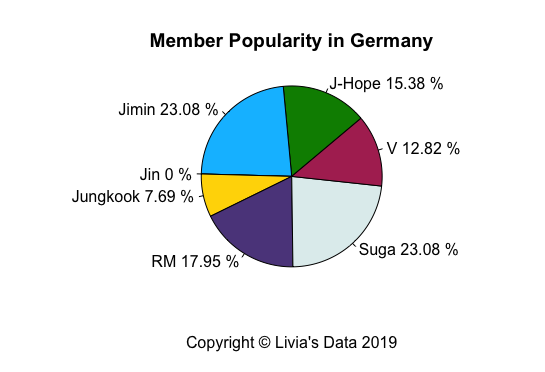

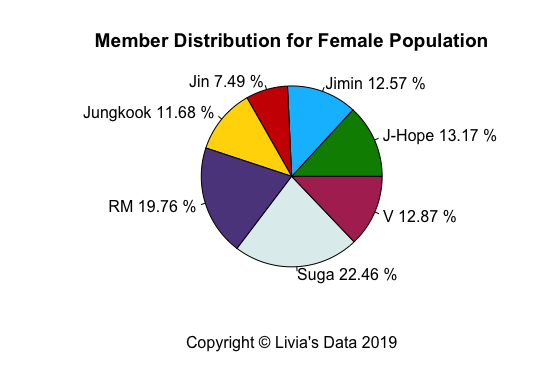



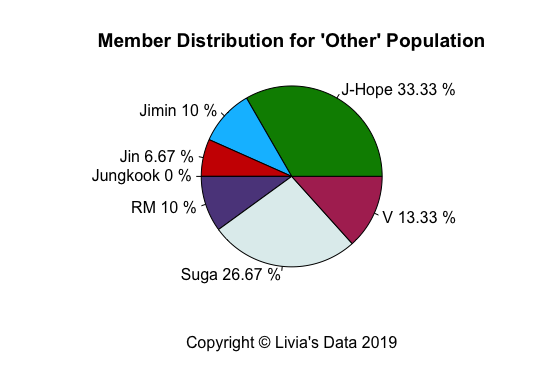

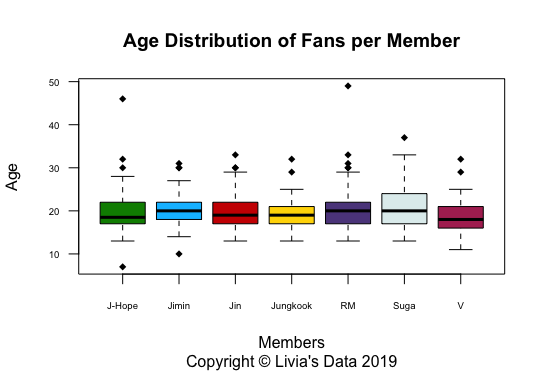





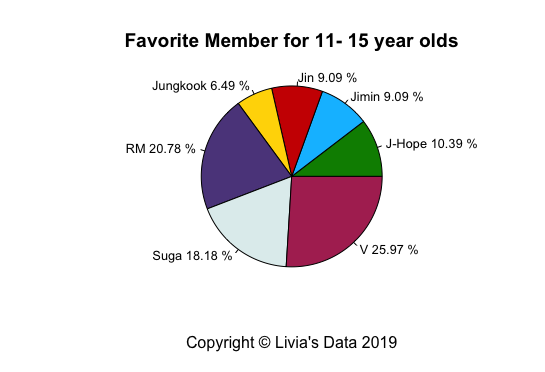

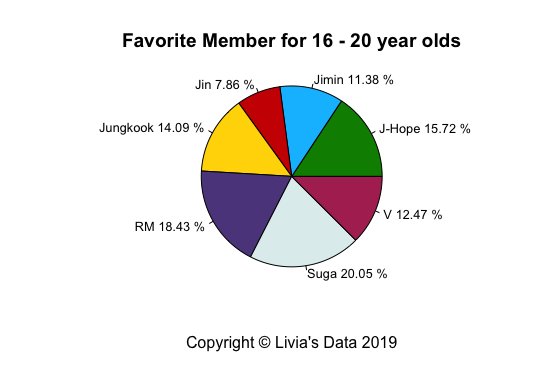



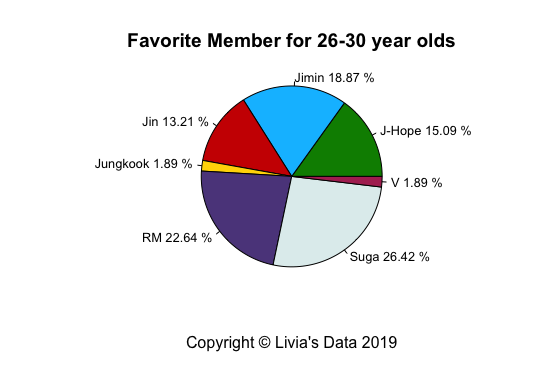





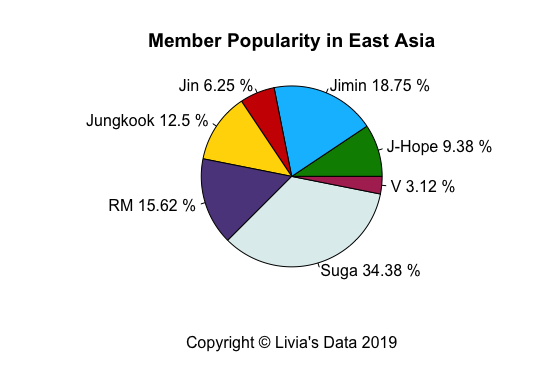

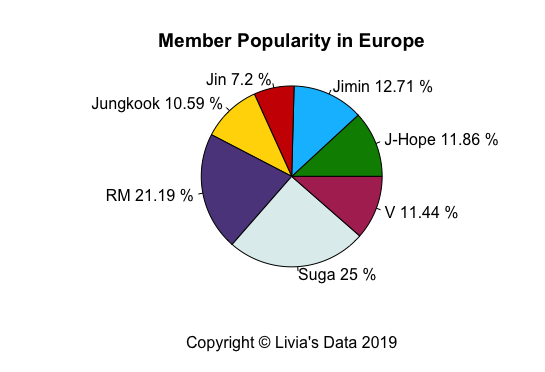





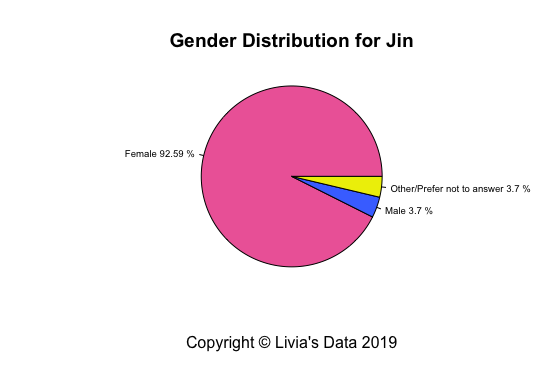



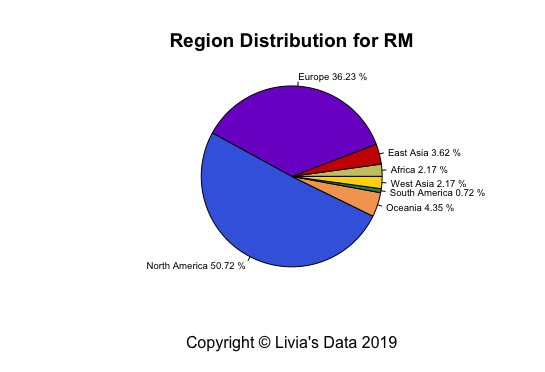



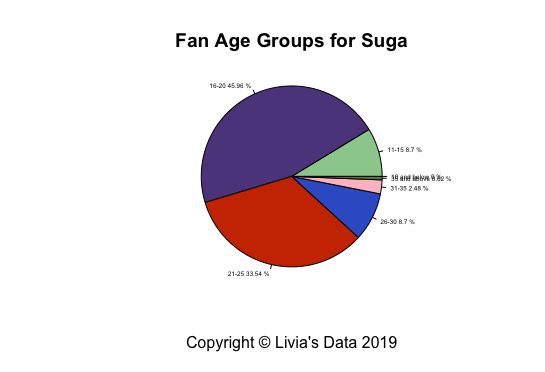

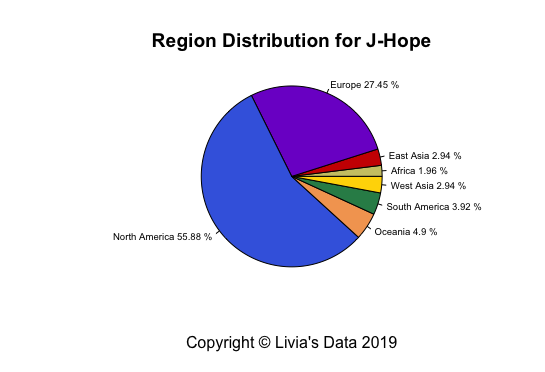





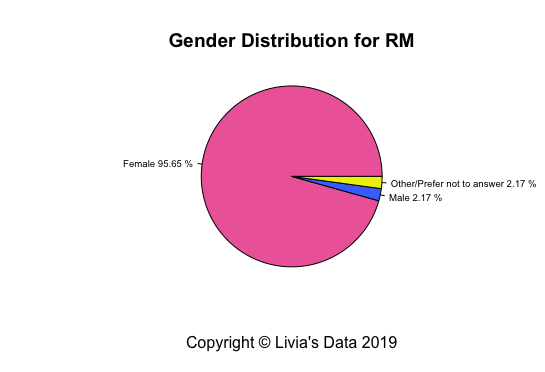





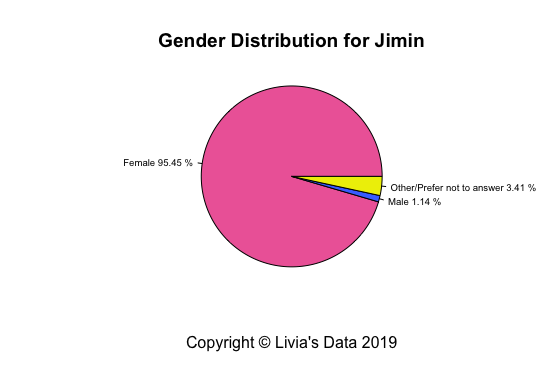









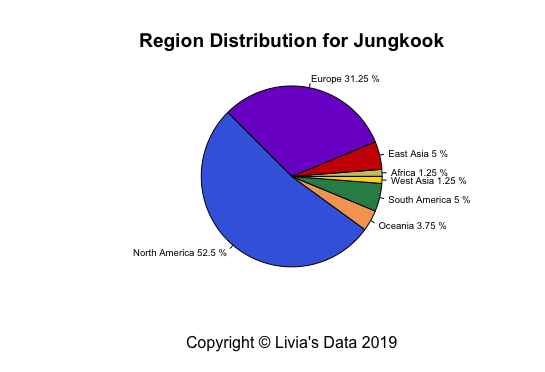



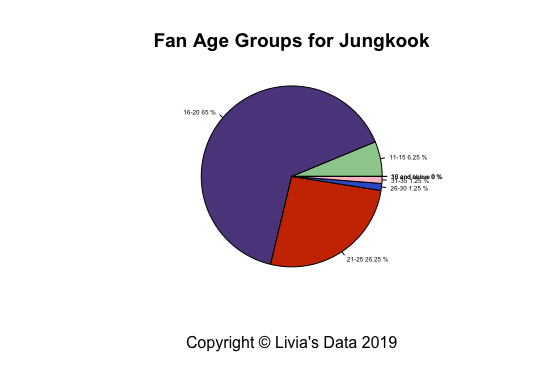

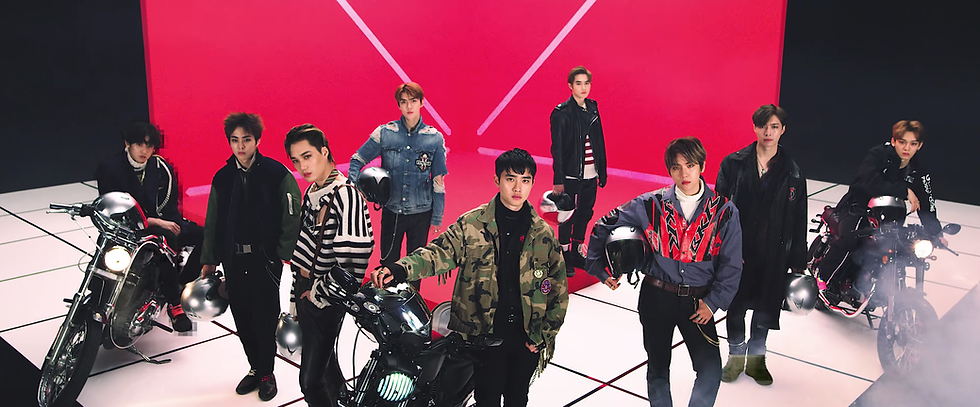

Comments